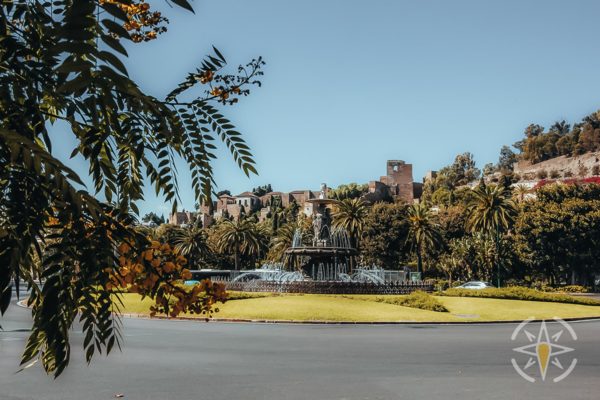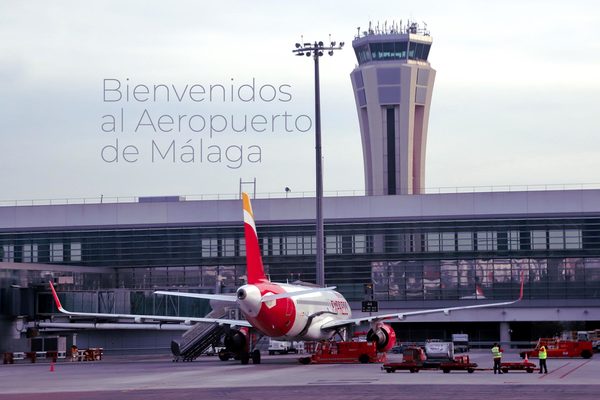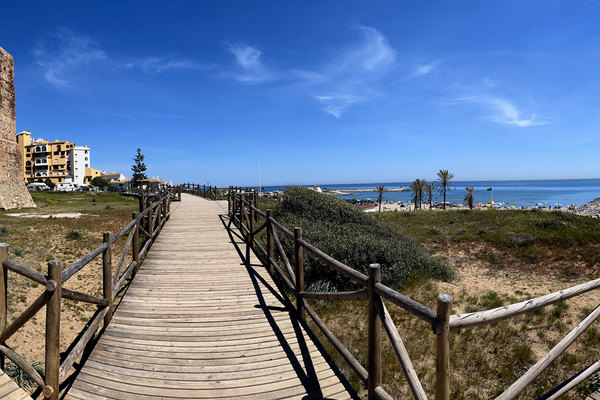
Un Saludo:)!
Back
Related articles

Historical facts and interesting information
Read more
Cool places for wildlife spotting around Málaga / Andalusia
Read more
Here was the home of the largest crocodile in Europe!
Read more
10 ideas for exciting things to do with children in Malaga and surroundings
Read more
Here are a few useful links for transporters in Andalusia
Read more
In my opinion - one of the most beautiful beaches in the Malaga province
Read more